If there’s anything that will strike fear into the eyes of even the most seasoned gardeners, it’s pests. When they show up in your garden, they aren’t just there for a quick snack—they’re ready to devour your hard work. Left unchecked, they’ll strip plants bare, gnaw through roots, and lay waste to everything you’ve grown, so it’s your job to get rid of them as soon as you can. To help you spot them, here is a list of garden pests that you should never ignore.
Aphids
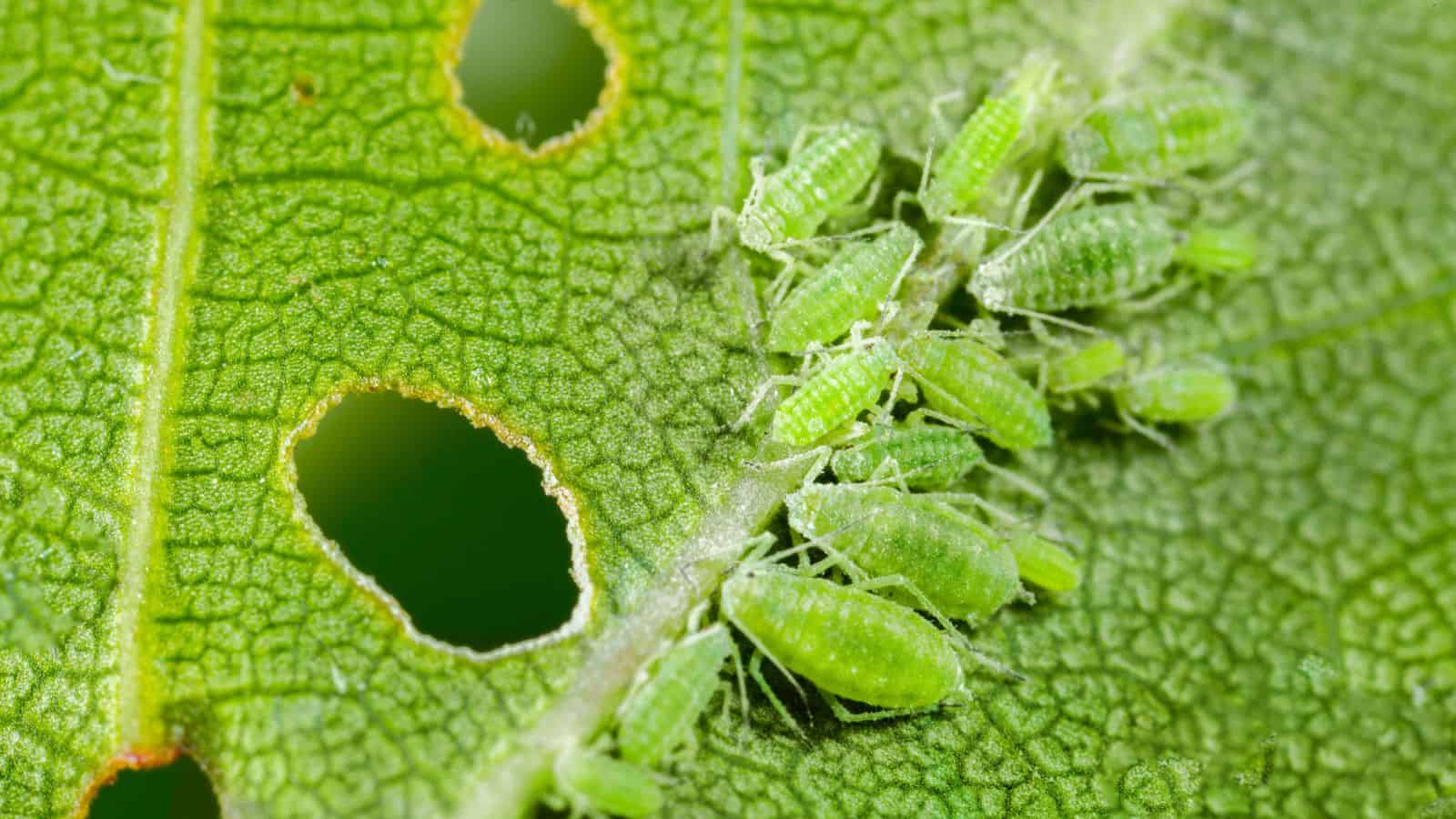
One of the most common garden pests in the U.S. is the aphid, a sap-drinking insect that not only stunts plant growth but also spreads viruses, making them especially destructive. To make matters worse, their honeydew secretions attract mold, creating further issues. Colonies build up fast, targeting fresh, tender leaves, which weakens the plant significantly and can spread rapidly to other plants nearby. So, if you spot them, they need to be taken care of urgently.
Japanese Beetles
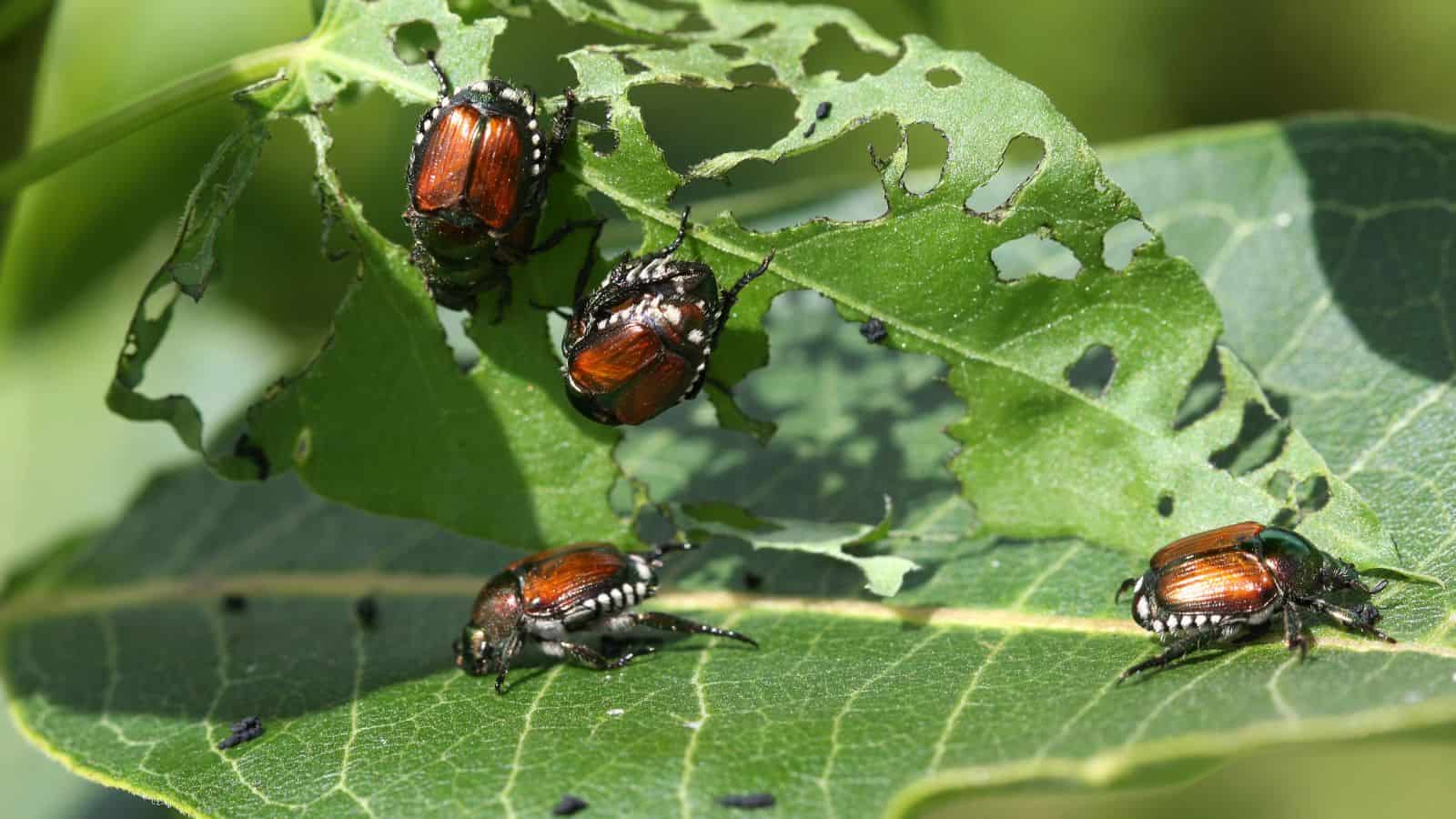
Despite its name, Japanese beetles aren’t just found in Japan–they have spread all over North America. Sure, they’re eye-catching with their metallic shine but don’t get dazzled by them, as they’re extremely damaging. In particular, they love to skeletonize leaves, leaving only the veins, which weakens plants significantly. Worse still, they feed in groups and have a huge appetite, attacking just about everything that your garden has to offer.
Cutworms
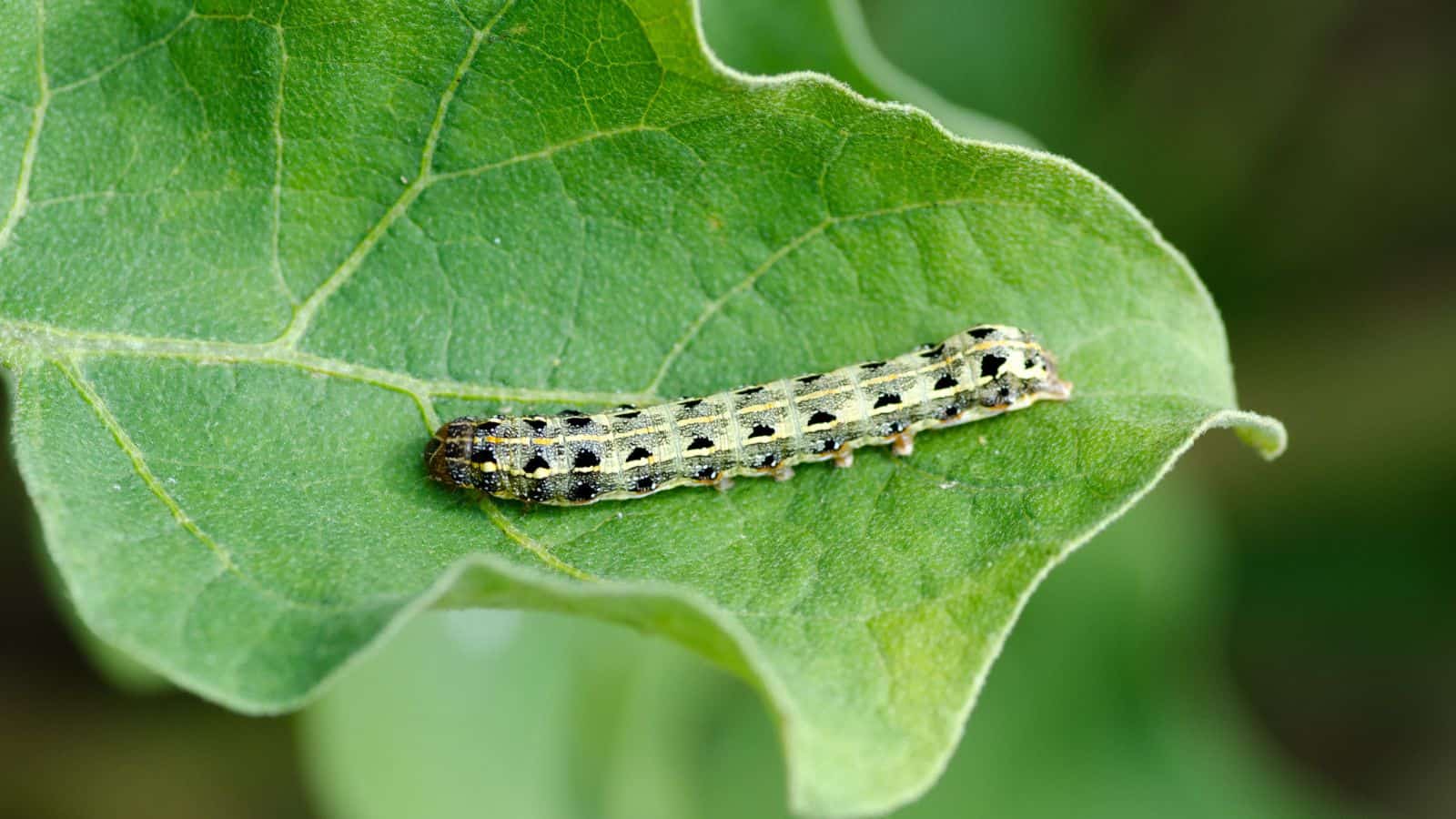
The terrible thing about cutworms is how they target young plants by cutting them at the base, usually during nighttime hours. Sadly, this leaves seedlings and young crops lying flat and destroyed by morning before you can even wake up to do something about it. Common in vegetable gardens, these pests are especially harmful to lettuce, beans, and similar crops, taking down plants row by row if left unchecked.
Slugs and Snails
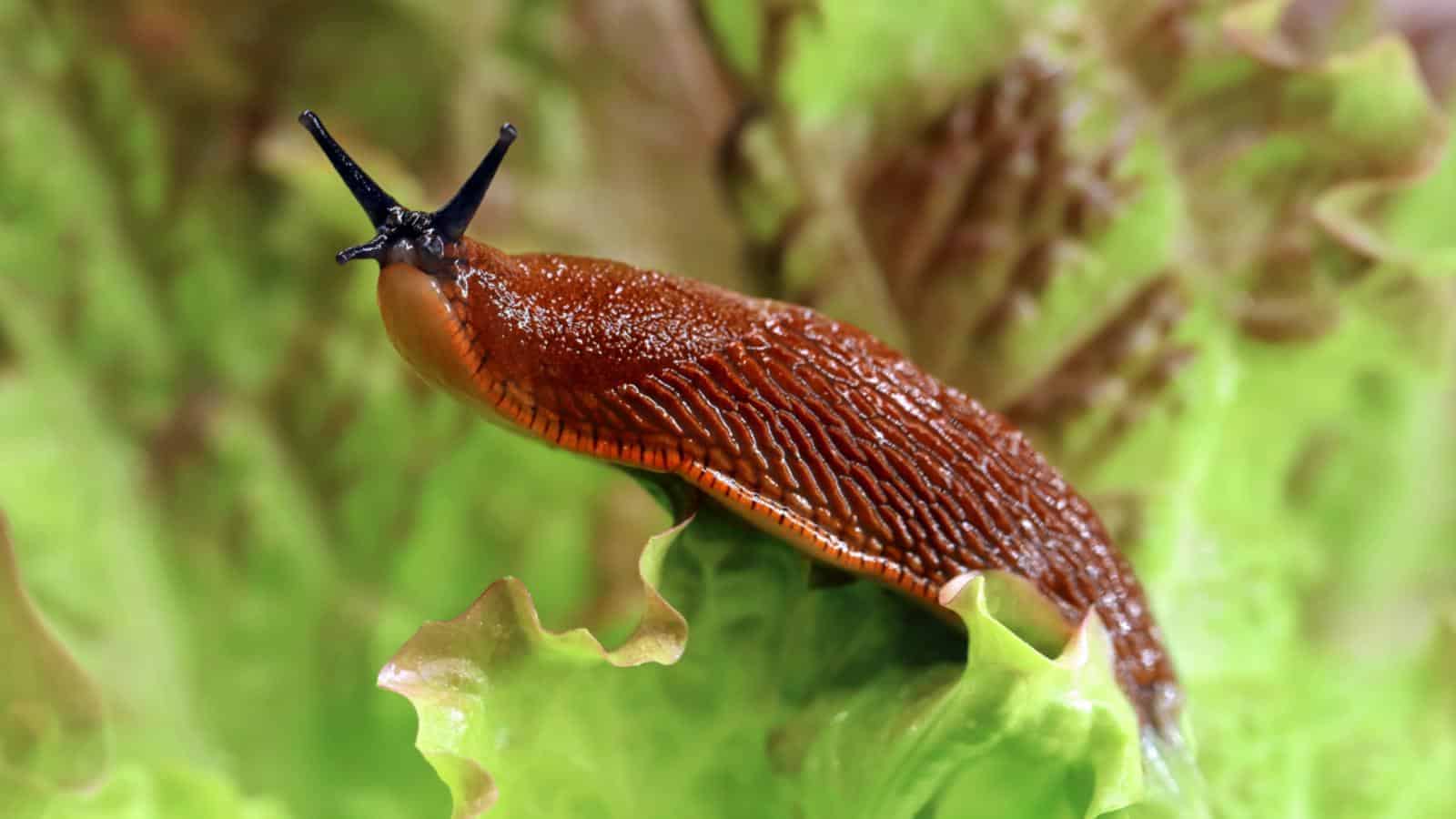
You’ll know if slugs and snails are attacking your garden if you notice silvery trails and telltale holes in your plants’ leaves. Like cutworms, they feed mostly at night and are attracted to moist areas, preferring leafy greens and tender shoots. Unfortunately, this constant gnawing weakens plants, disrupts their growth, and leaves them looking ragged, particularly in gardens with lots of damp soil.
Spider Mites
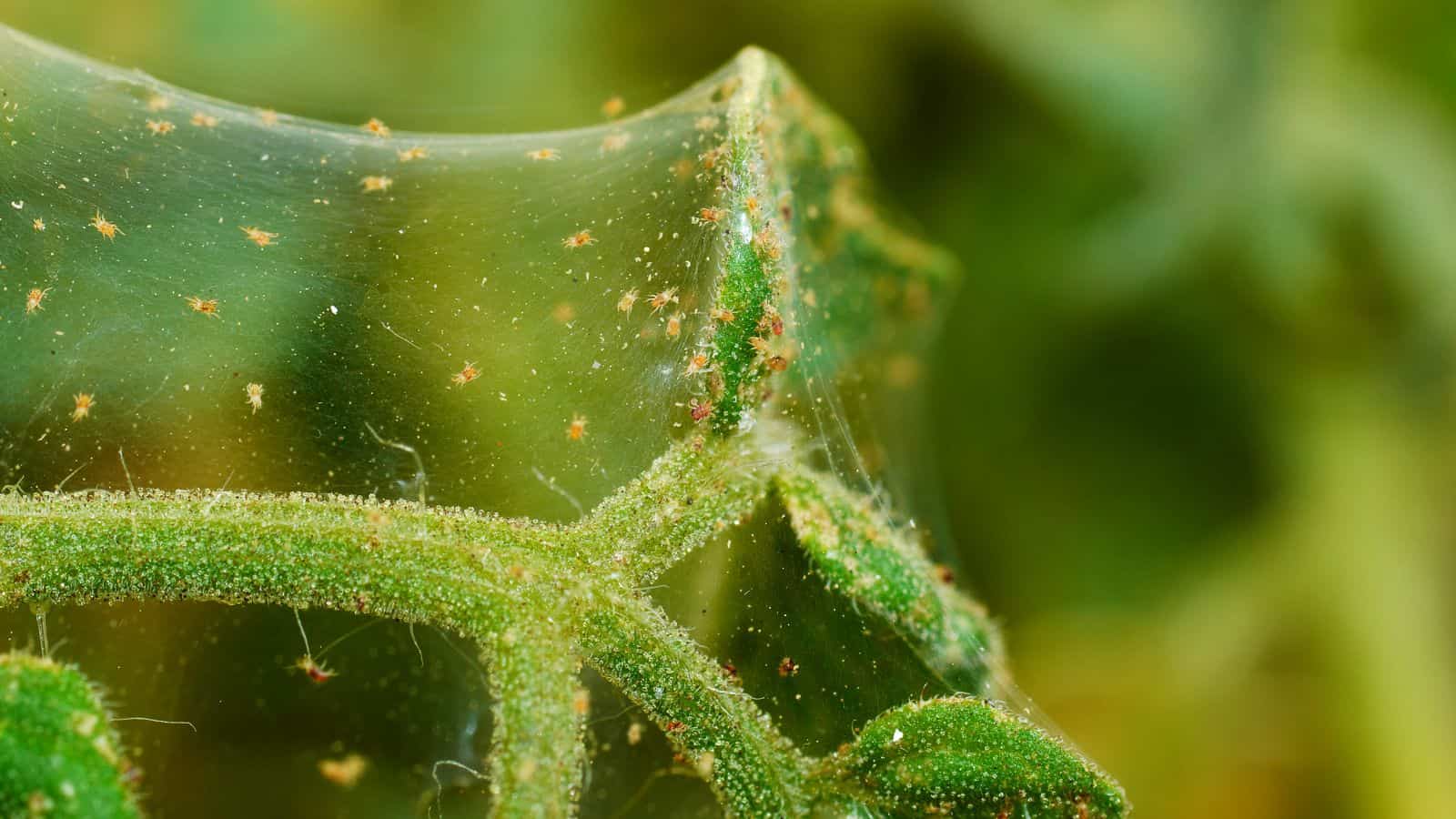
Spider mites are tiny, almost microscopic pests that feed on plant cells, causing leaves to turn yellow and fall off prematurely. They reproduce quickly in hot, dry conditions and are notorious for creating restrictive webs on plants, especially roses. So, if you live in one of America’s hotter regions, you should do everything you can to stop them in their tracks.
Cabbage Worms

Blending into their surroundings, cabbage worms are hard to spot yet ruthless on brassicas, snacking their way through leaves of cabbage, broccoli, and kale. In fact, they have the ability to turn entire crops into lacework when they’re extra hungry, so if you allow this to build up, they’ll devastate any leafy plant in the brassica family, reducing your yields significantly.
Squash Bugs
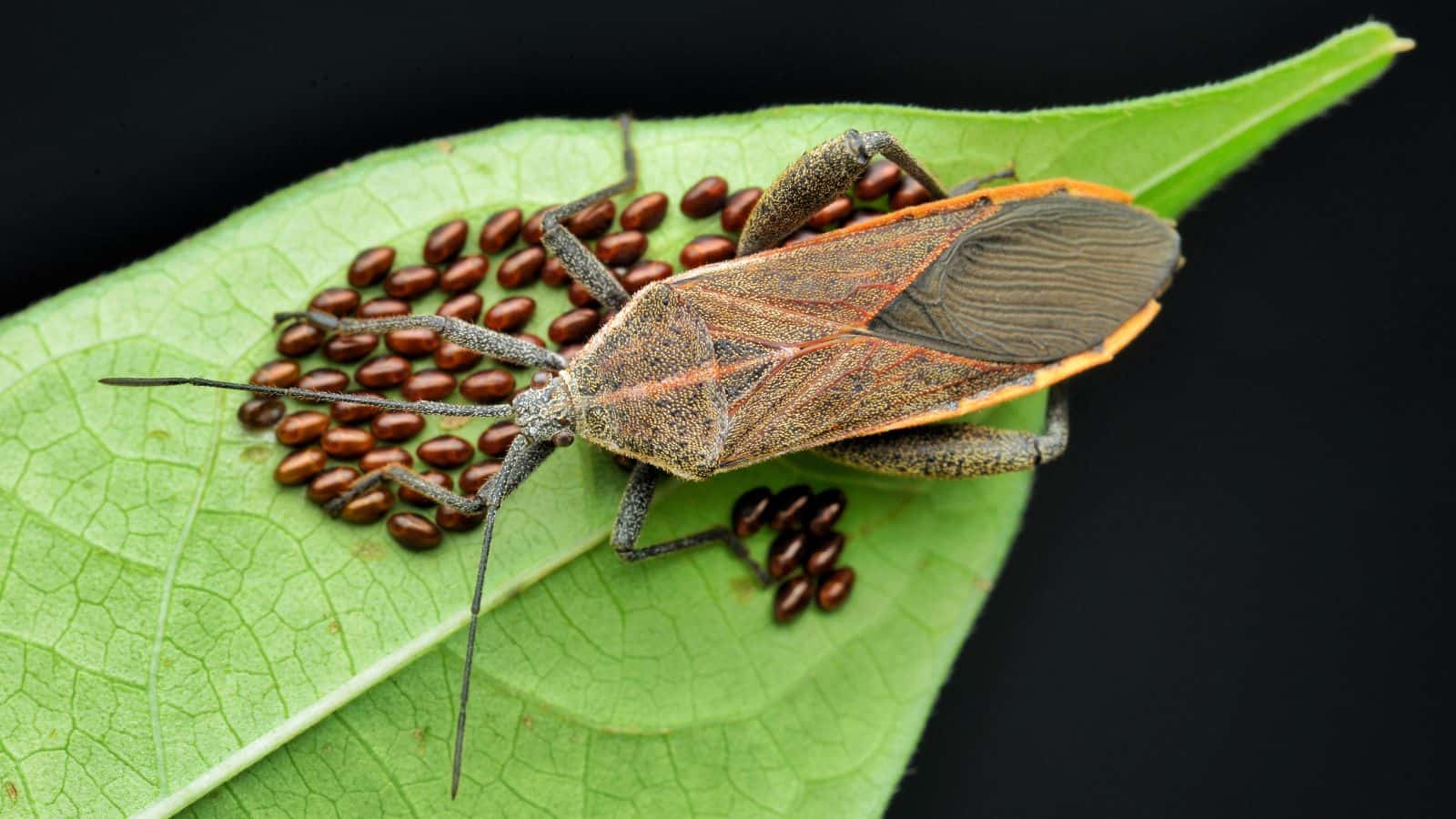
Watch out for squash bugs when tending to your garden–they love to pierce leaves and suck sap from plants like pumpkins and squash, causing wilting and eventually killing the plant. While they don’t inject toxins, their feeding can still weaken plants significantly, and their eggs multiply rapidly, compounding the damage. Once they’re established, squash bugs can cause extensive harm to affected plants.
Leafhoppers
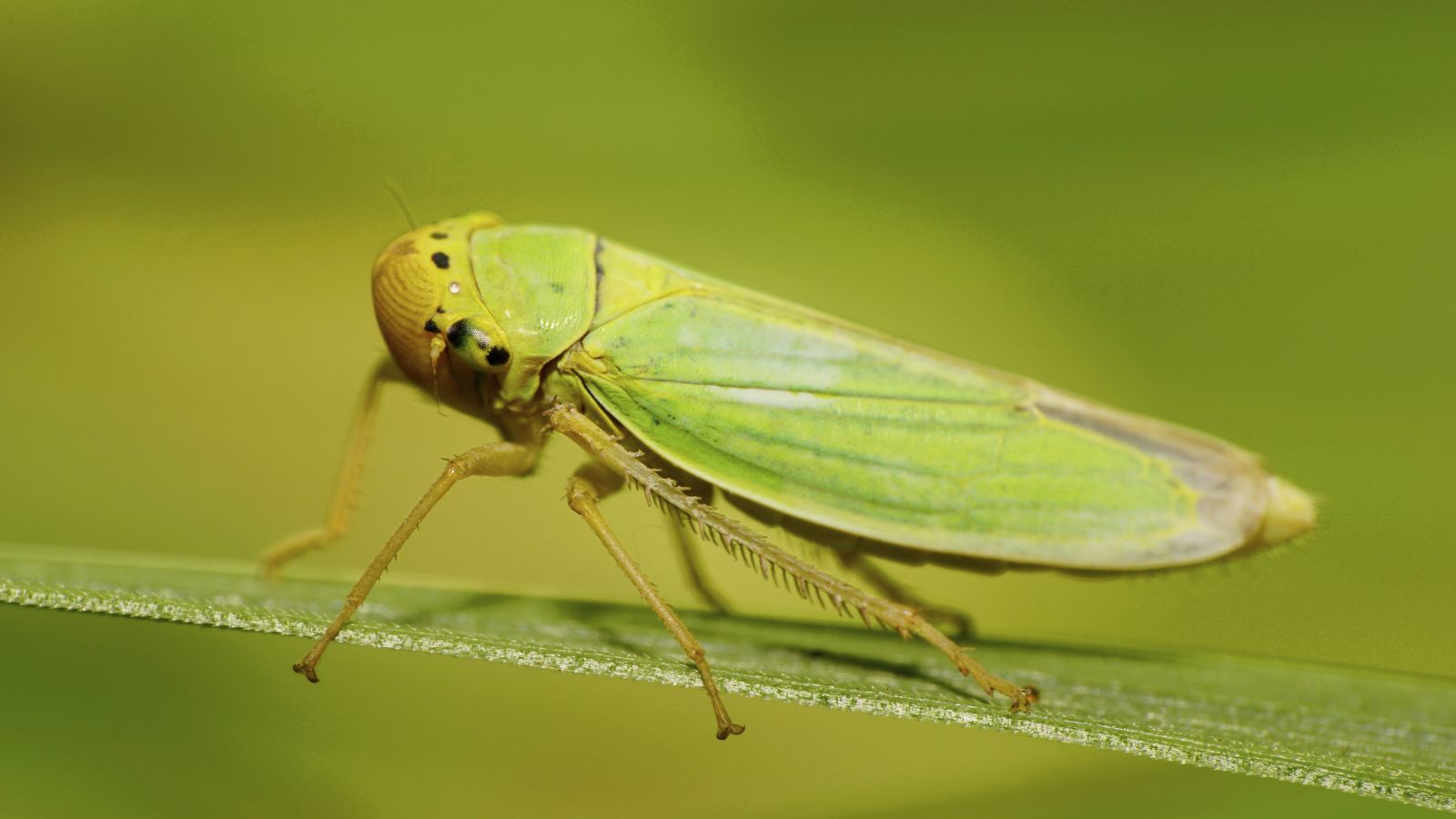
Leafhoppers drain sap and often create a speckled pattern on leaves, causing your plants to look faded and less vibrant. Beyond their feeding habits, they also spread diseases such as curlytop that can further weaken plants like tomatoes and beans, cutting yields and diminishing overall plant health. They move quickly and can spread from plant to plant easily, but with the right pesticides, you should be able to eliminate them from your yard.
Whiteflies
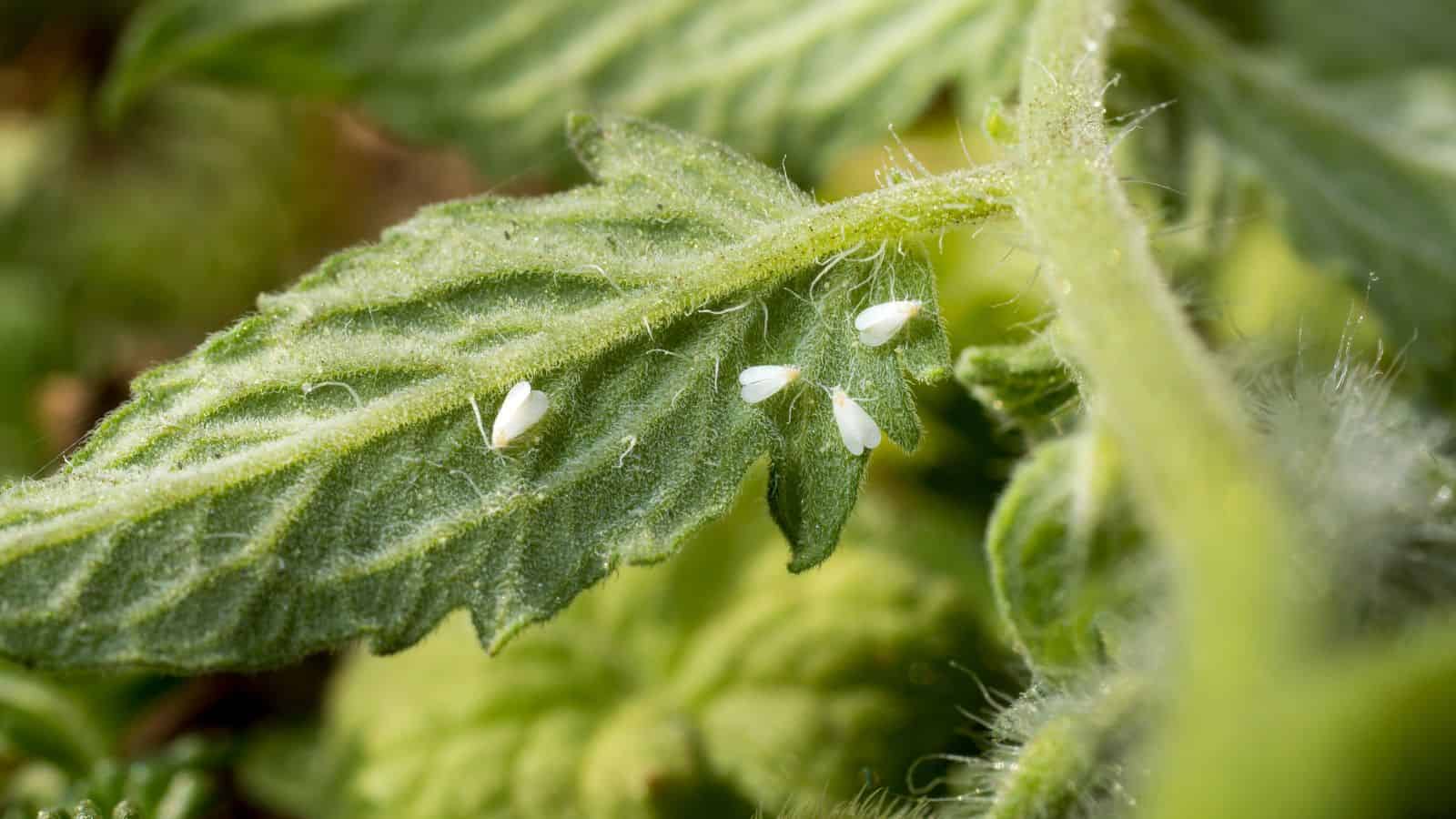
Just like leafhoppers, whiteflies are sap-draining pests that produce honeydew, attracting mold and leading to plant stress. In particular, they’re drawn to tomatoes, peppers, and other warm-weather crops, and their rapid reproduction in warm conditions makes them difficult to control.
Vine Borers
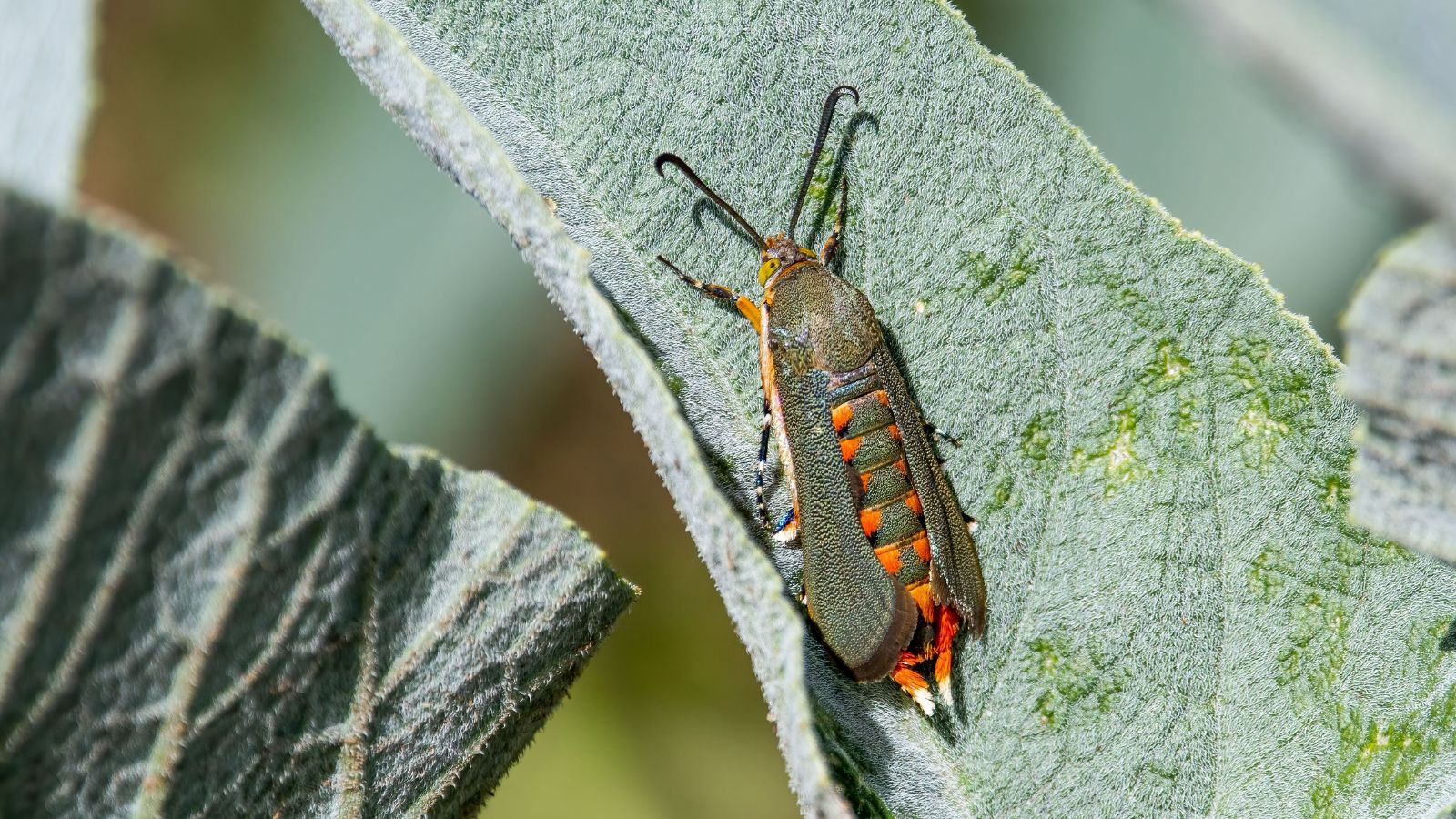
Vine borers attack the base of plants, hollowing out the stems within the squash family, and eventually, this is going to lead to wilting and even death. Frustratingly, these pests even burrow inside the plant’s stem, making them difficult to reach and control. Therefore, early signs often go unnoticed, and by the time damage is visible, it’s too late.
Thrips
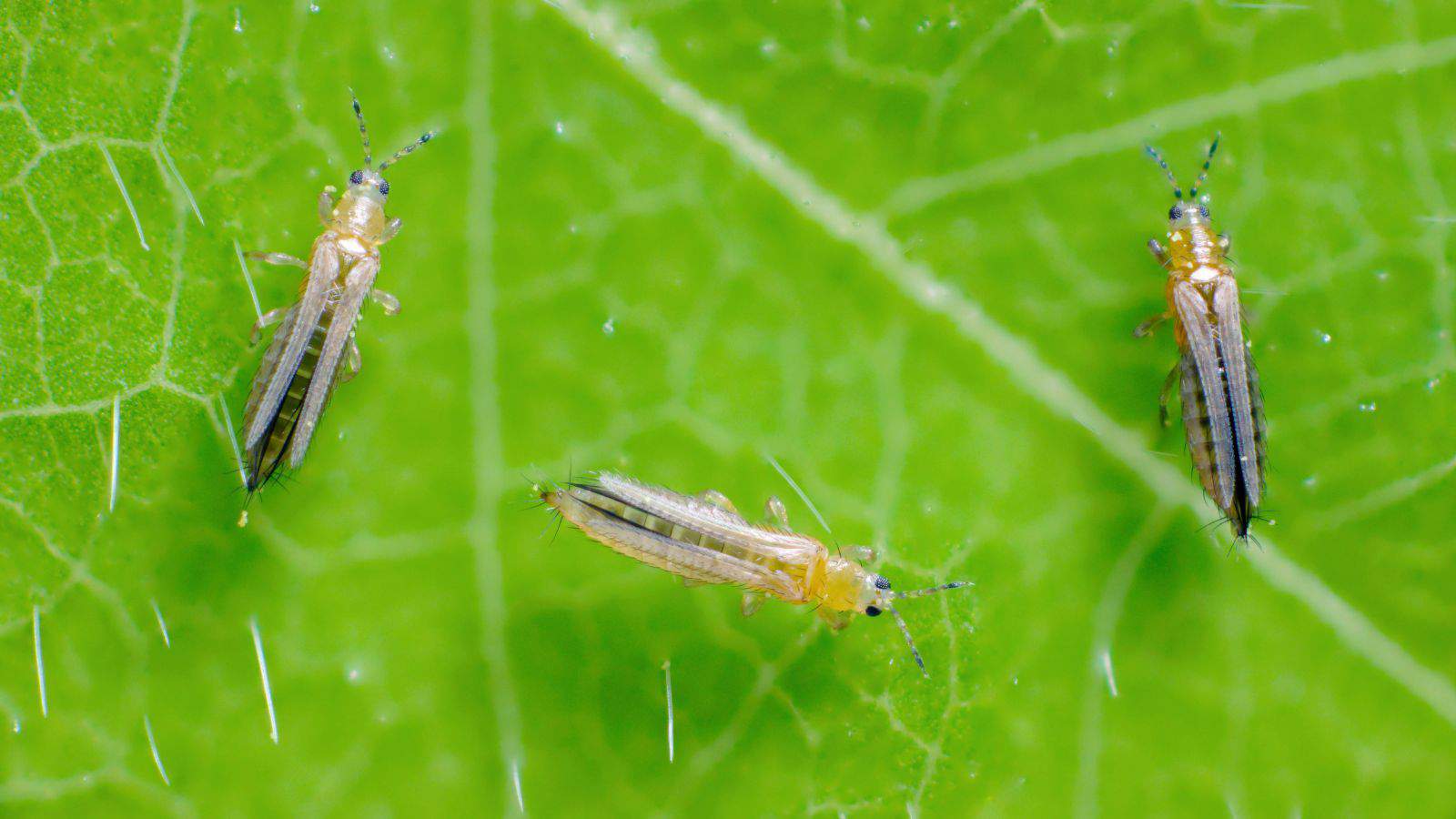
Tiny but impactful, thrips scrape leaves and petals, leaving scars that make plants look unattractive and unhealthy. Thrips also spread plant viruses, which can devastate flowers and vegetables like tomatoes. Ultimately, their damage can lead to a weak bloom or lower-quality fruit, affecting both appearance and overall plant health.
Flea Beetles
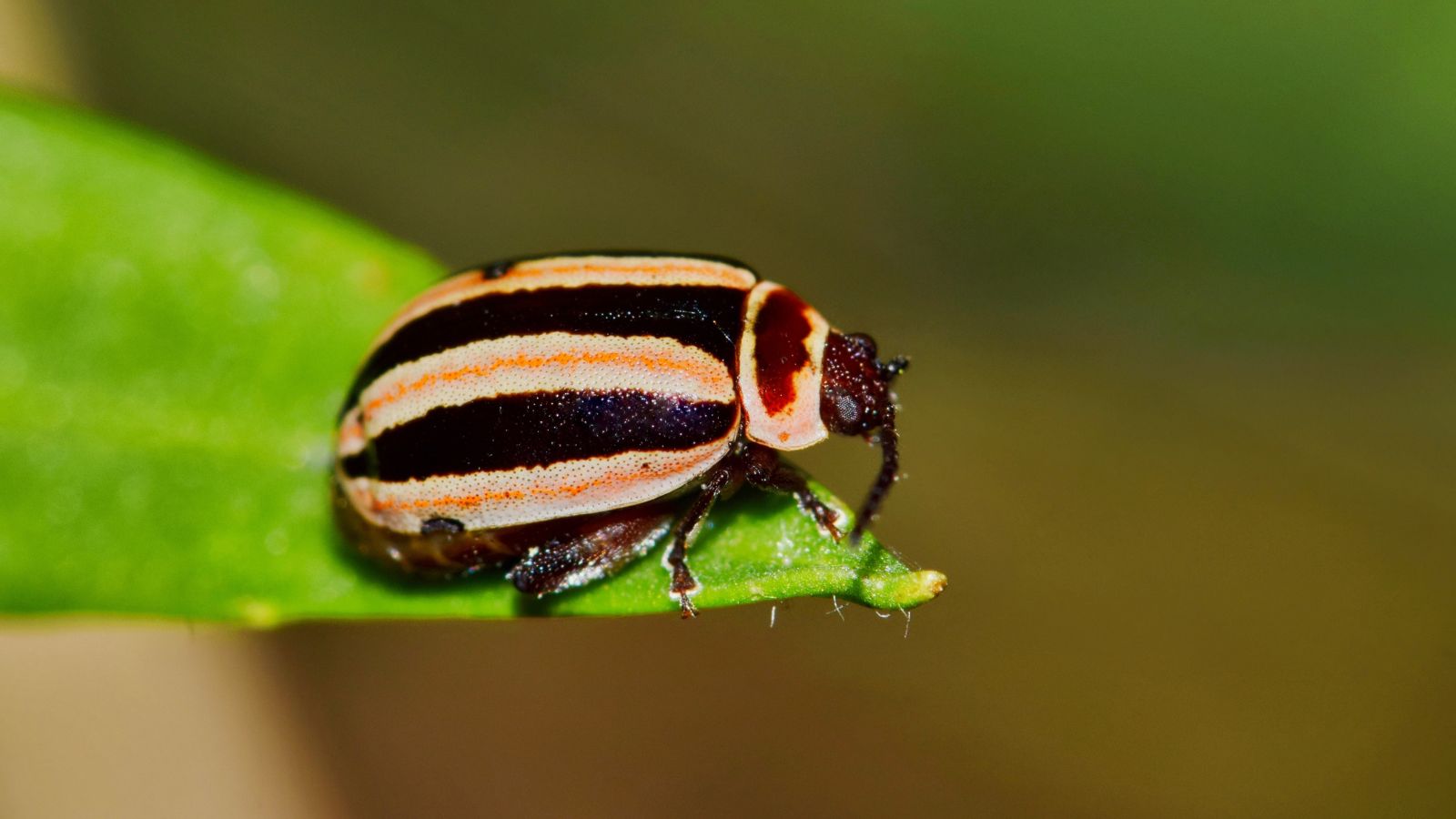
The frustrating thing about flea beetles is how they jump away when disturbed, making it feel almost impossible to stop them from creating small, round holes in leaves. Their “shot-hole” effect weakens young plants, particularly vegetables and certain ornamentals, like leafy greens and nightshades. They’re tough on growth, too, as young plants struggle to recover from flea beetle damage, leading to reduced harvests and stressed plants.
Mealybugs
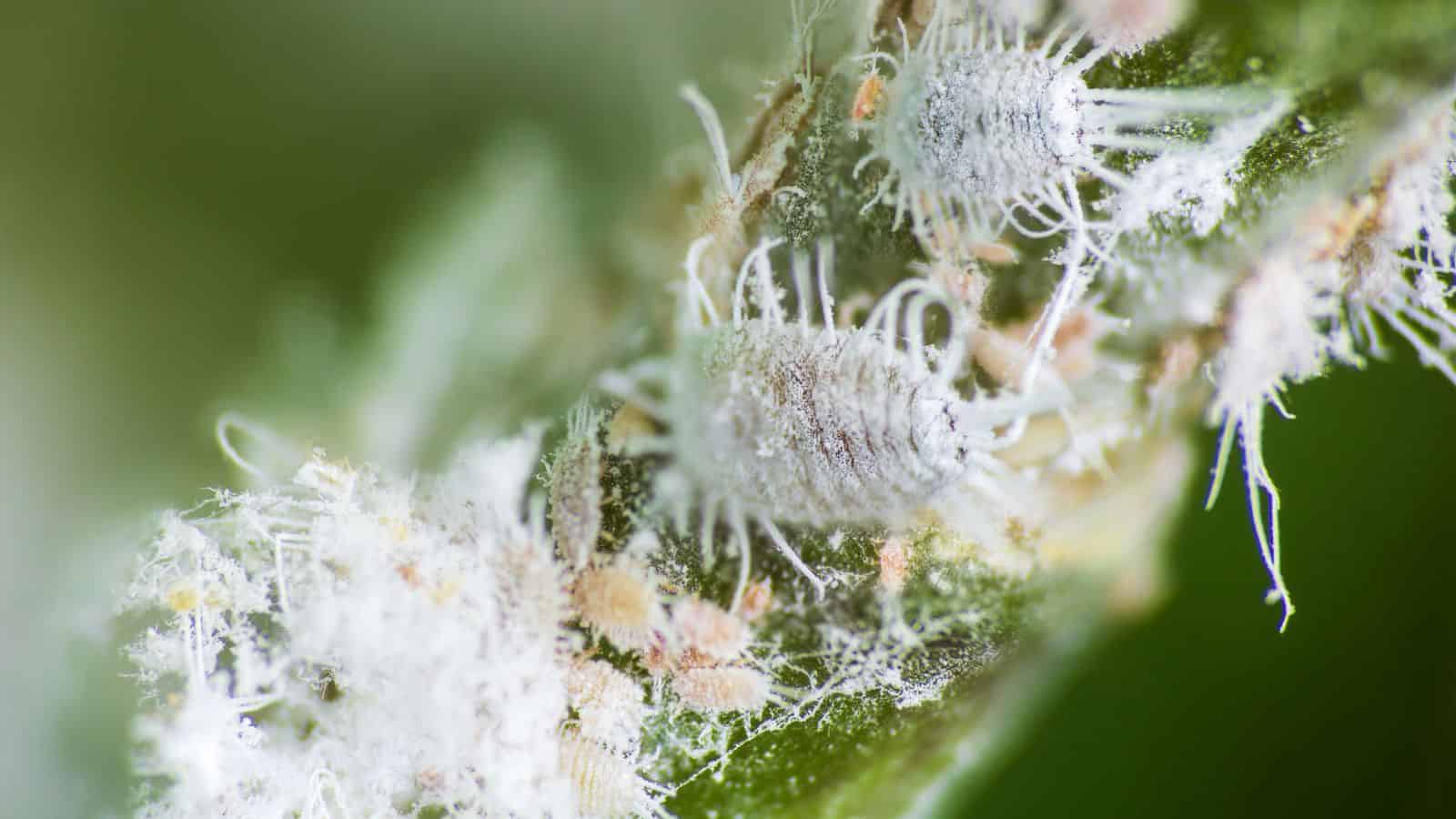
Mealybugs form cotton-like clusters on stems and leaves, and while this might seem innocent initially, they drain sap and excrete honeydew, attracting mold. Furthermore, their colonies are challenging to remove, especially on indoor plants where they thrive. So, be particularly vigilant for mealybugs, and if you notice any giveaways of their presence, exterminate them as soon as possible.
Carrot Rust Fly
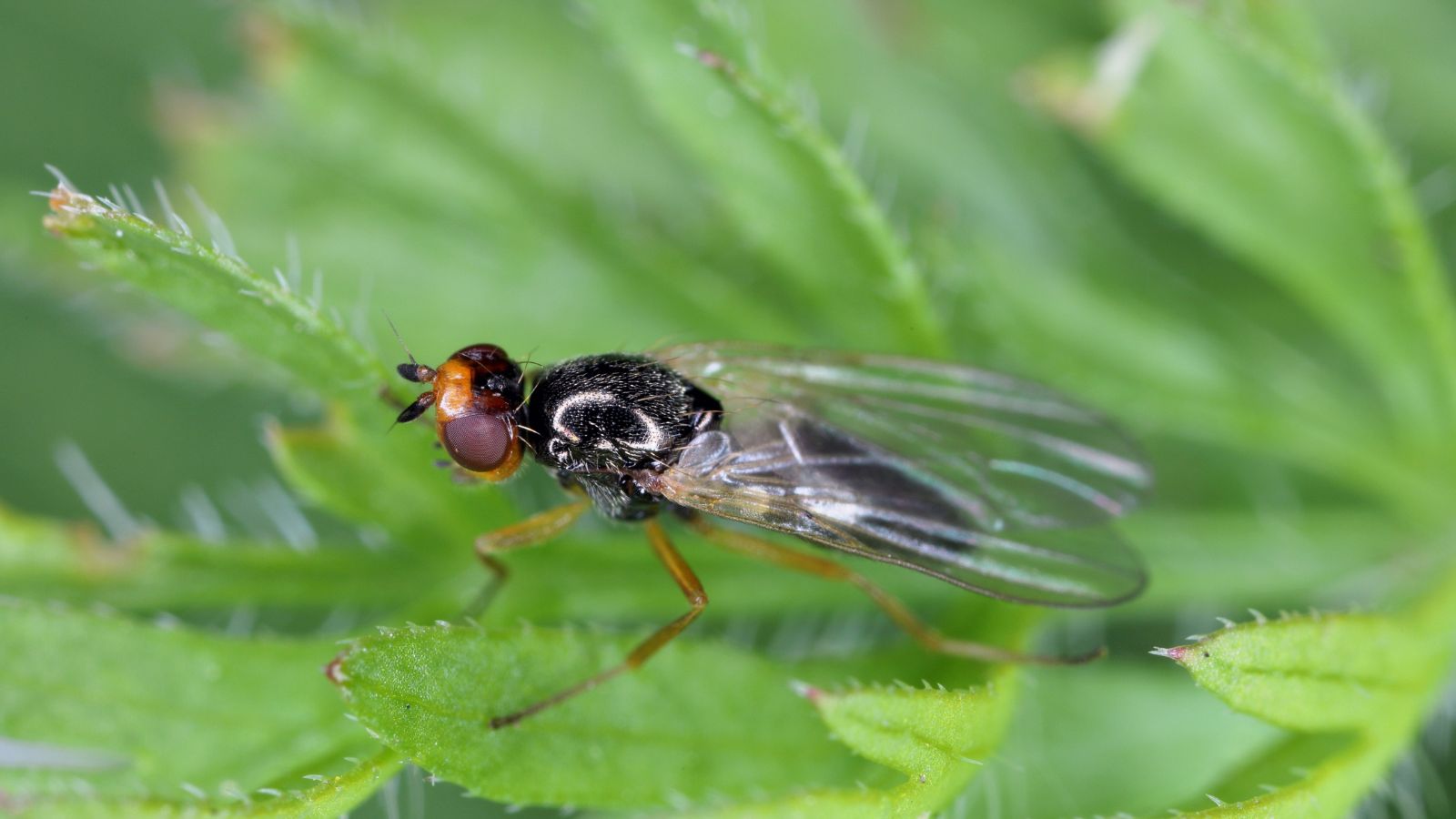
If you grow carrots in your garden, you’ll need to watch out for carrot rust flies, which lay eggs that develop into larvae, tunneling into carrot roots and leaving unsightly, rusty trails. The affected roots become bitter, twisted, and often unusable. Besides carrots, these pests also target other root crops like parsnips and celery, making them a serious threat to root vegetable gardens.
Armyworms
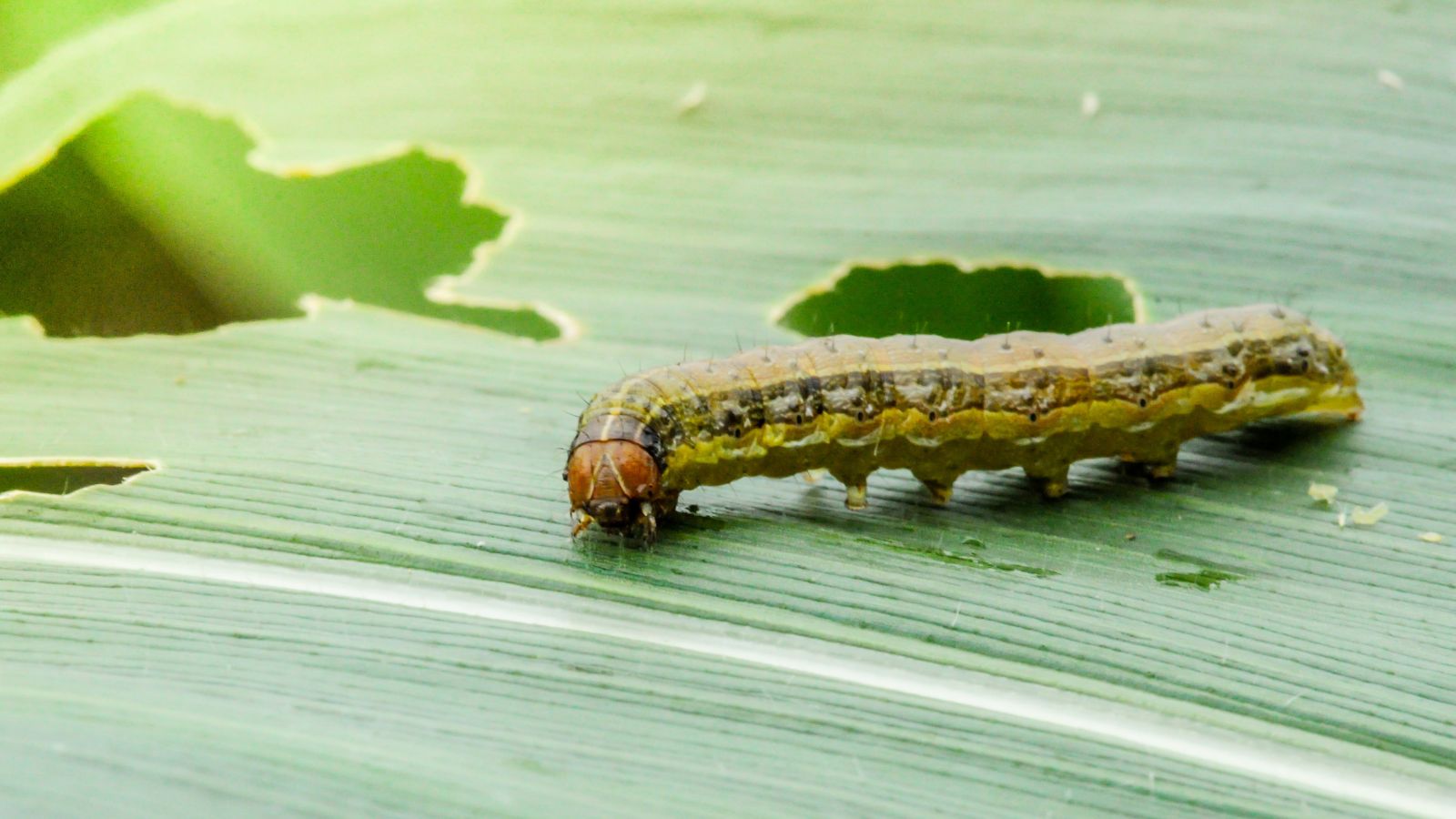
Armyworms are some of the most ravenous feeders on this list, moving like a small army to devour leafy vegetables and grasses. Frustratingly, they strip plants bare overnight, especially in concentrated patches, causing severe damage to affected areas. Leafy greens and other vegetables are often hit hardest, as armyworms can wipe out large sections in just a few nights.
Root Maggots
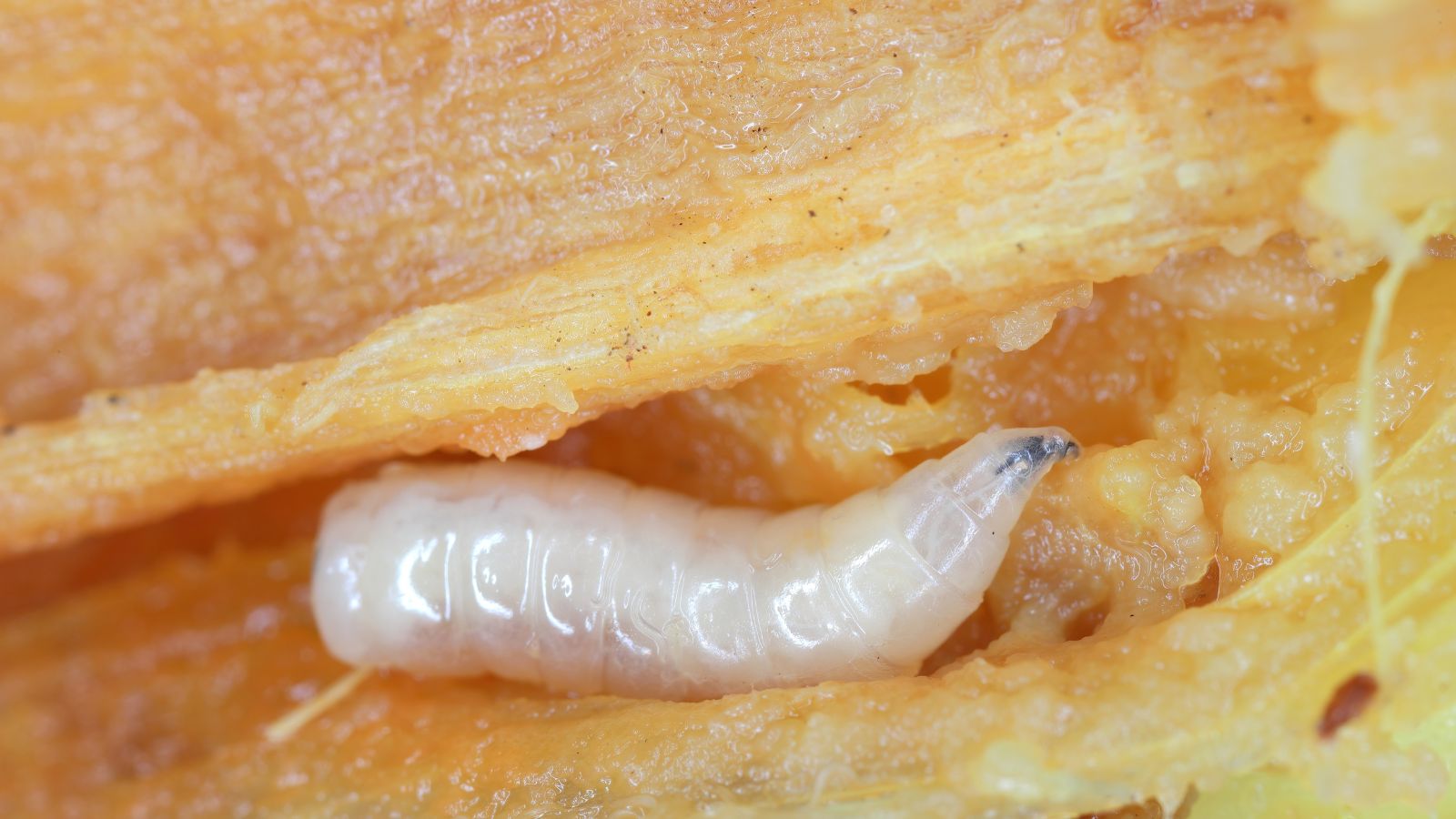
Unfortunately, root maggots are as gross and pesky as they sound, burrowing into plant roots to target radishes, onions, and cabbages. To make matters worse, their feeding tends to go unnoticed until plants begin to wilt and stunt, often too late to save the crop. Therefore, as soon as you notice signs of root maggot attacks on a single plant, it’s time to take action before other plants become affected.
Stink Bugs
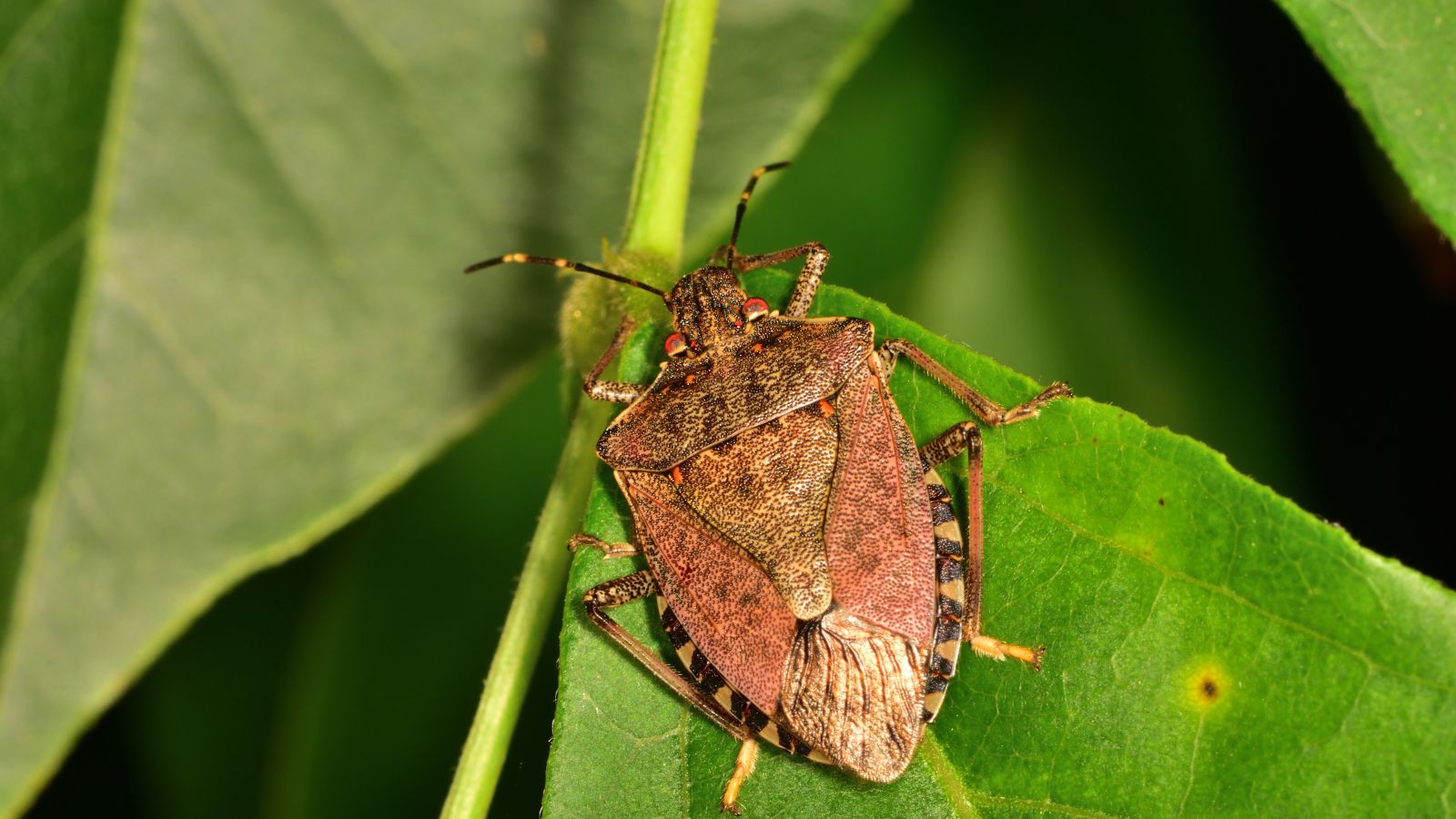
The final destructive garden pest on our list is the common stink bug, which pierce the skin of fruits and vegetables, leaving behind spots that rot and discolor. Tomatoes, peppers, and other juicy fruits are particularly susceptible to their damage. With their rapid reproduction, stink bugs can quickly become a widespread problem, threatening to ruin crops and reduce yields across the garden.
